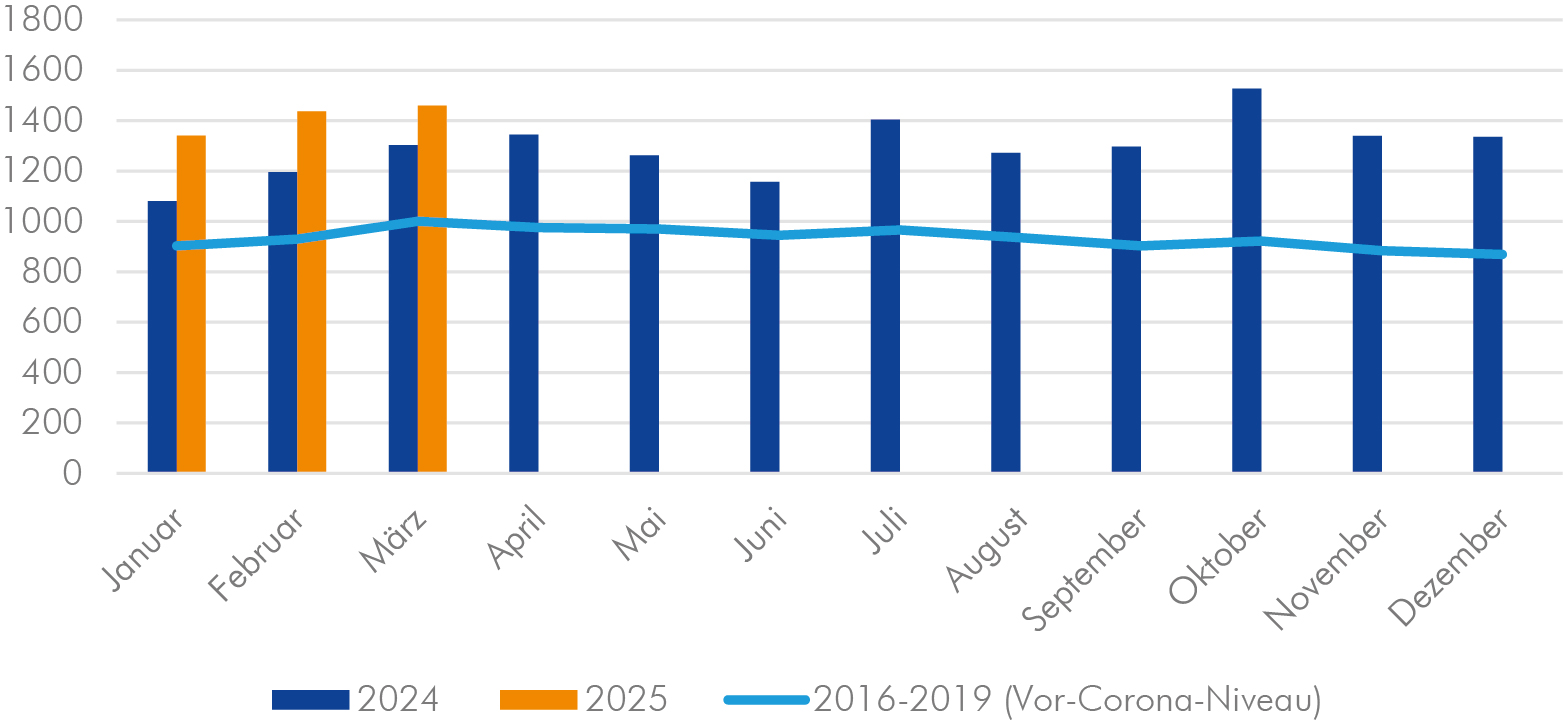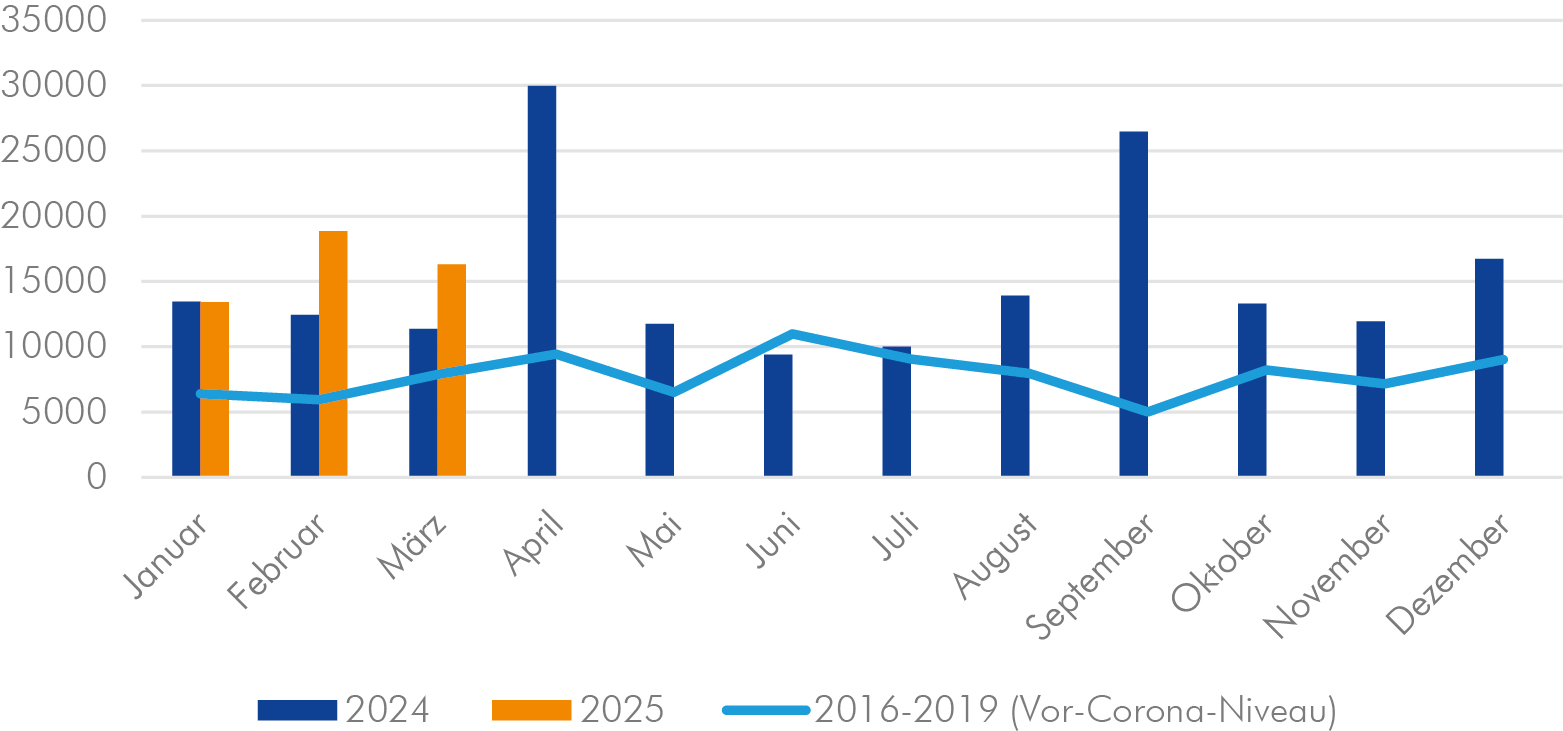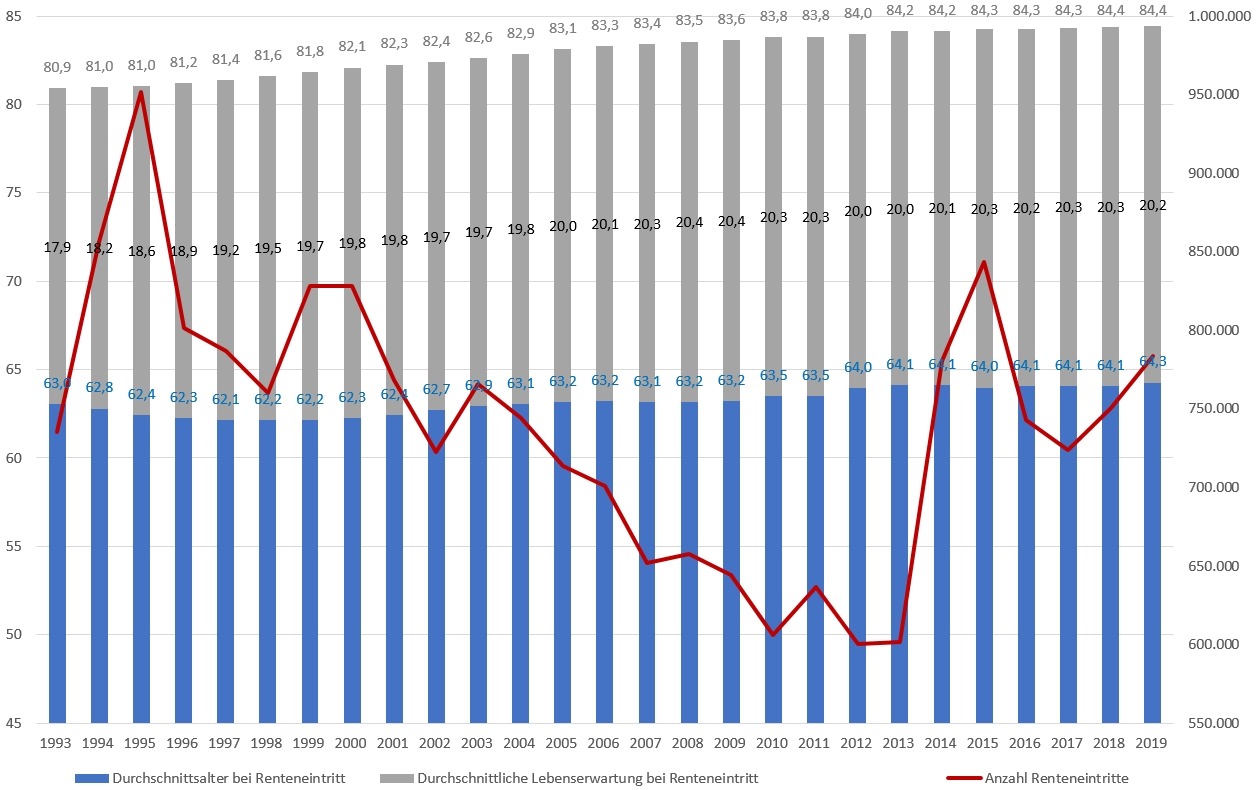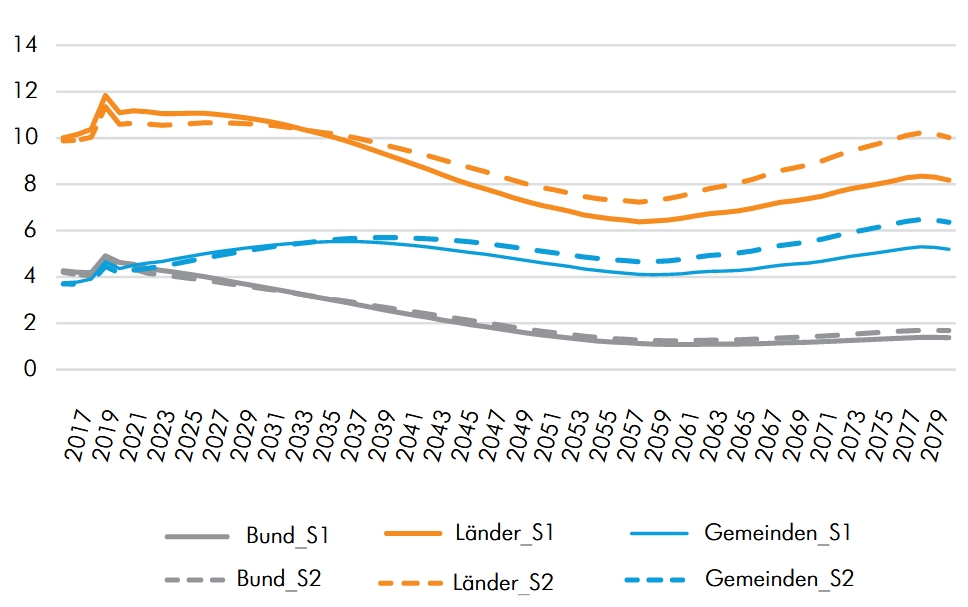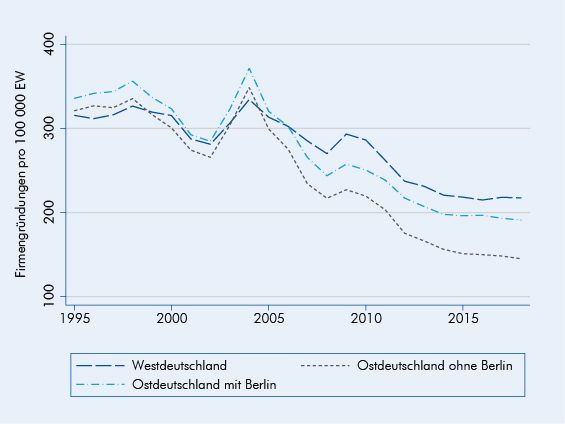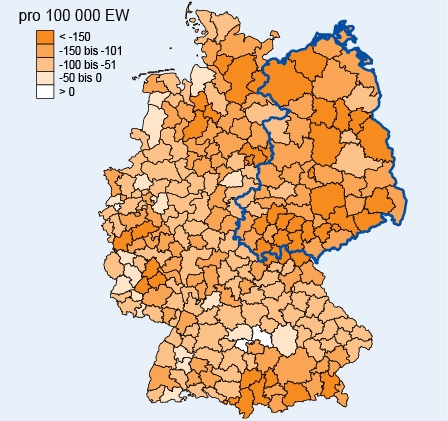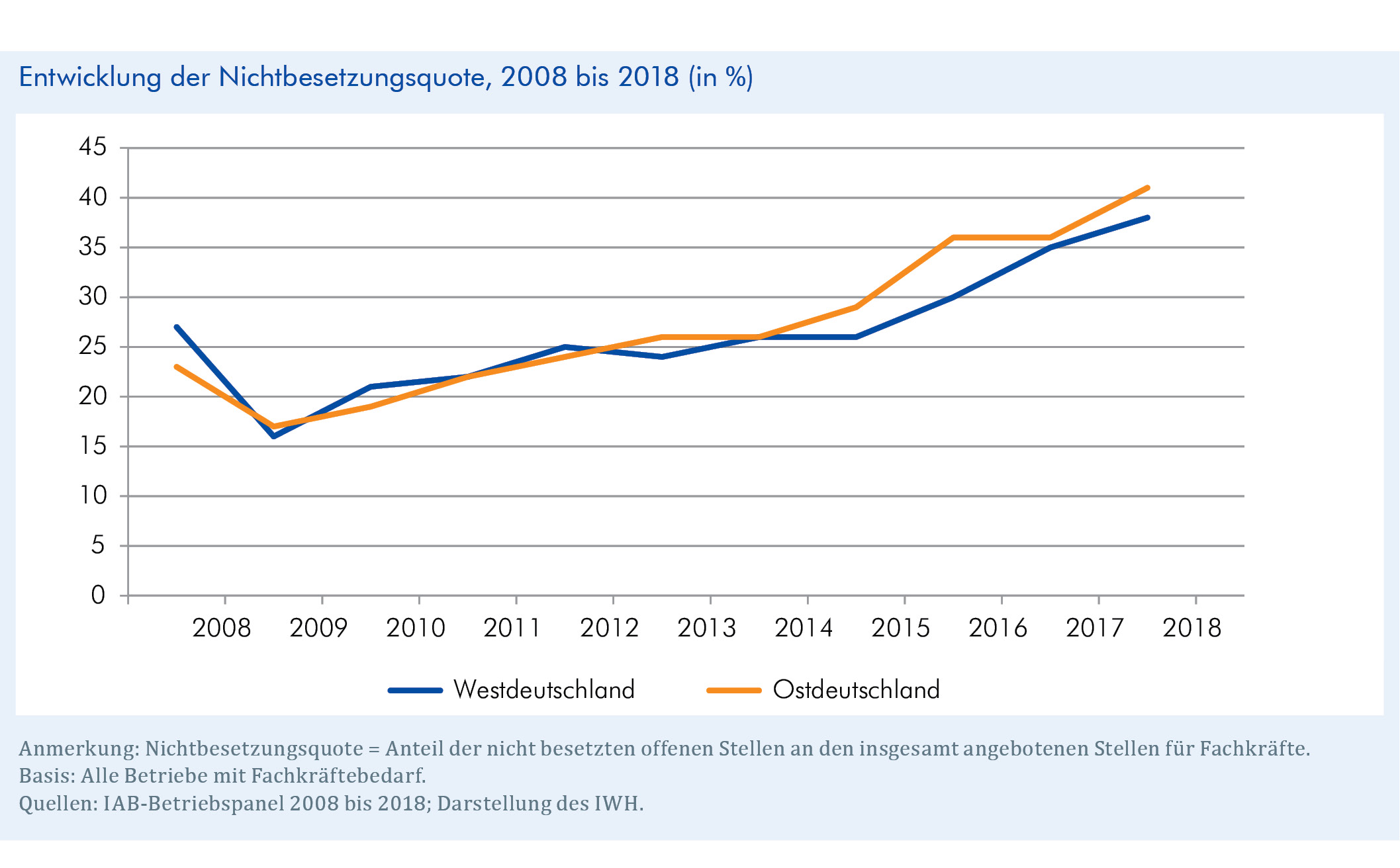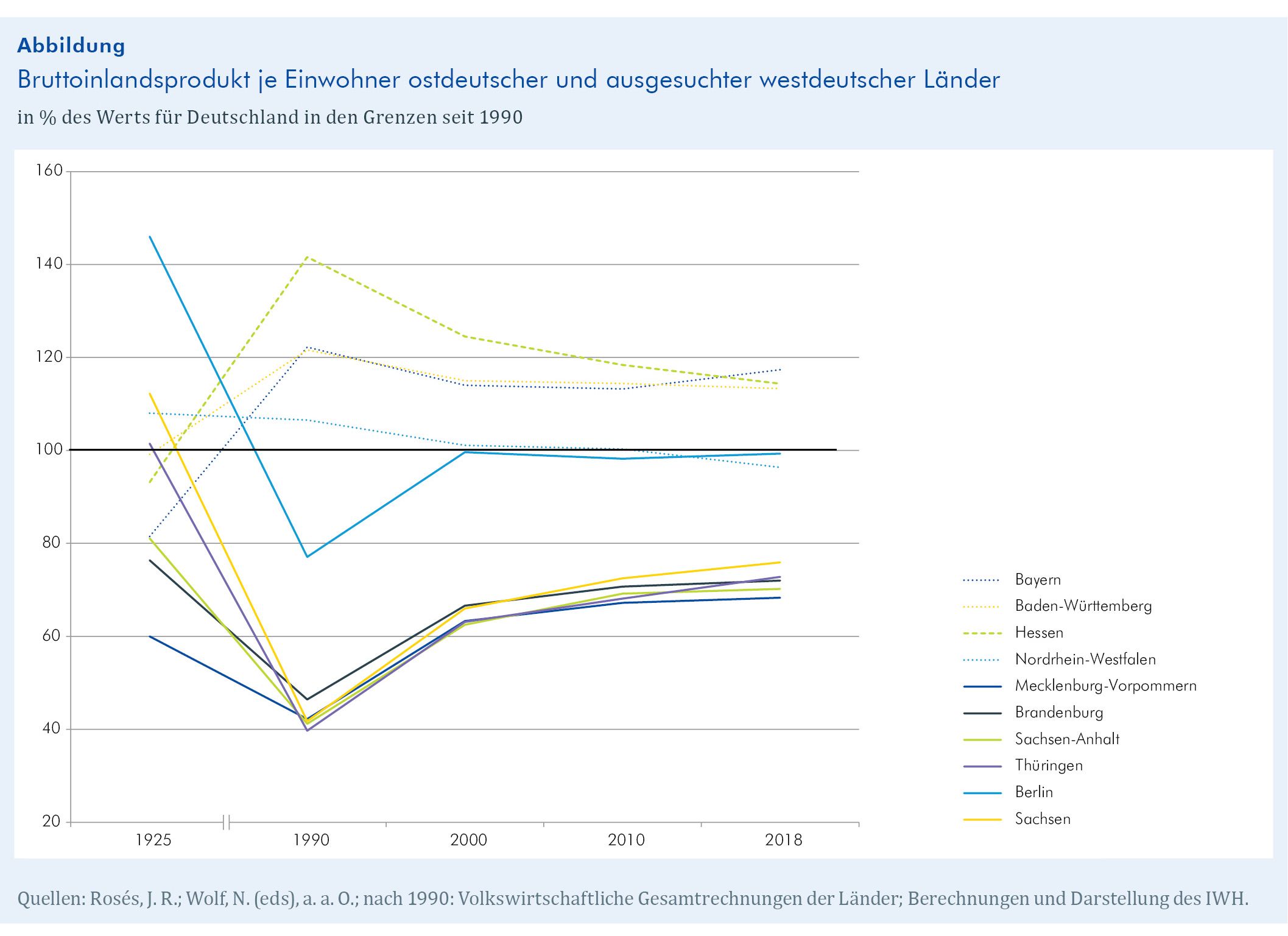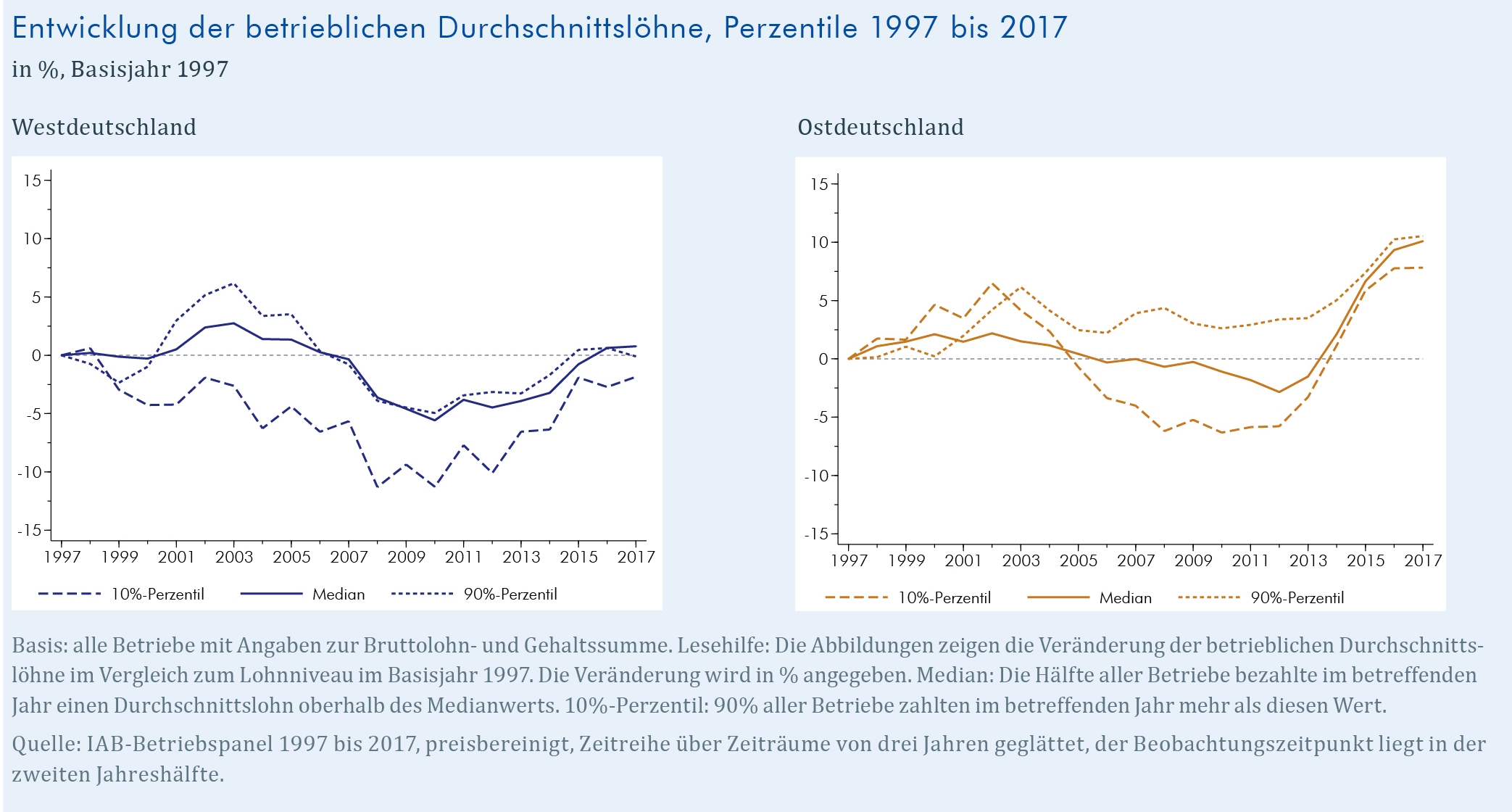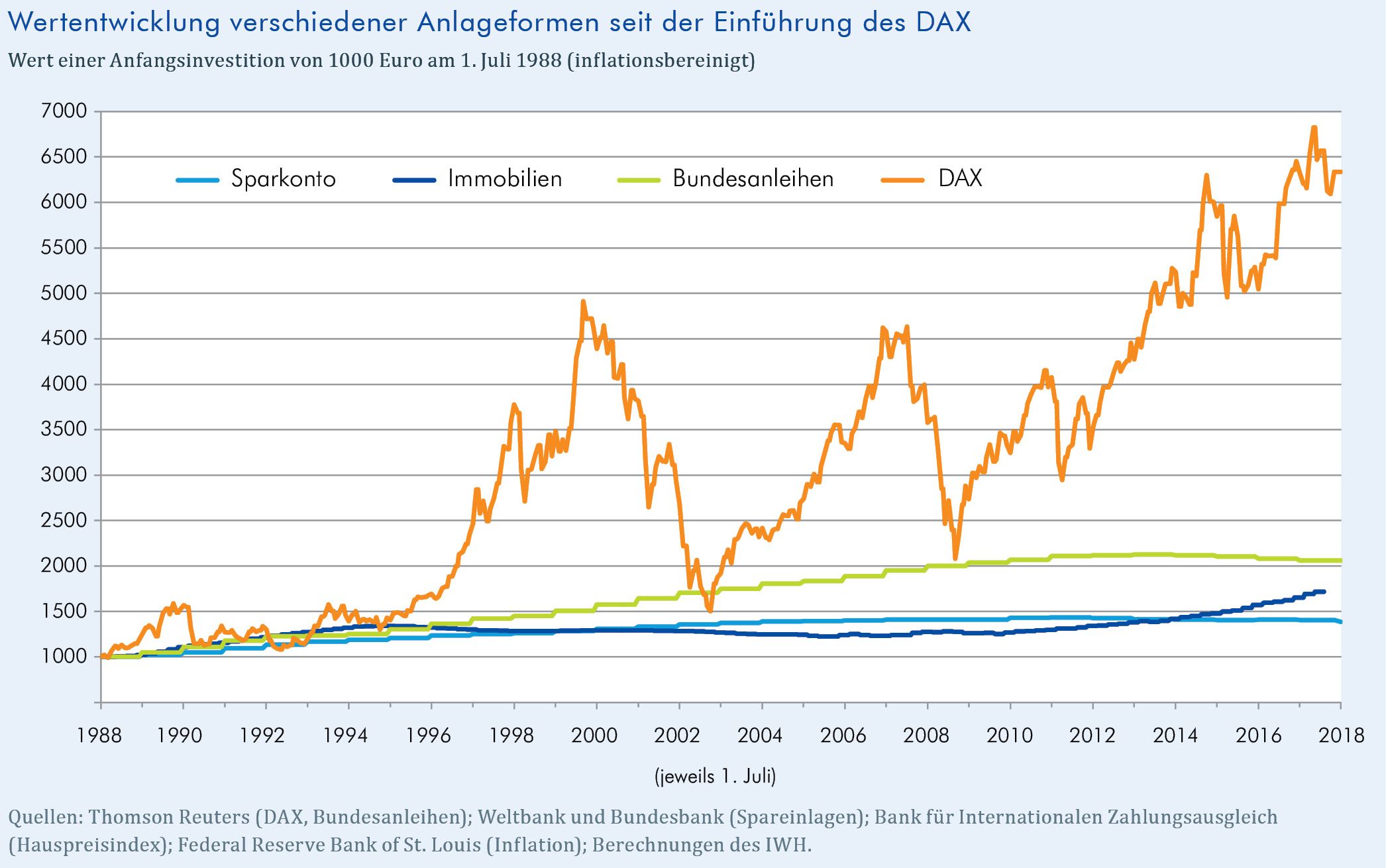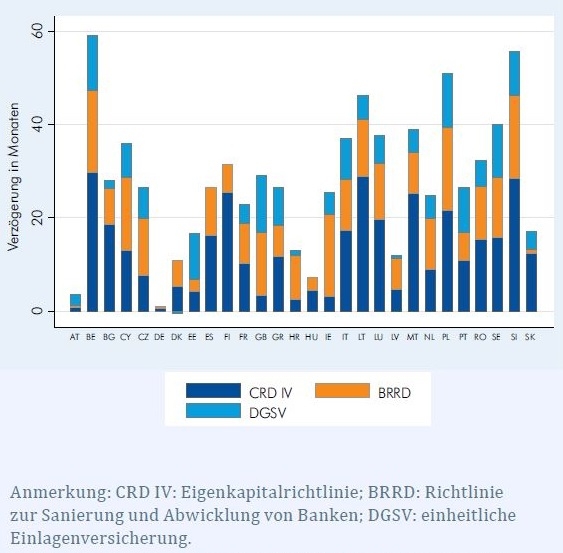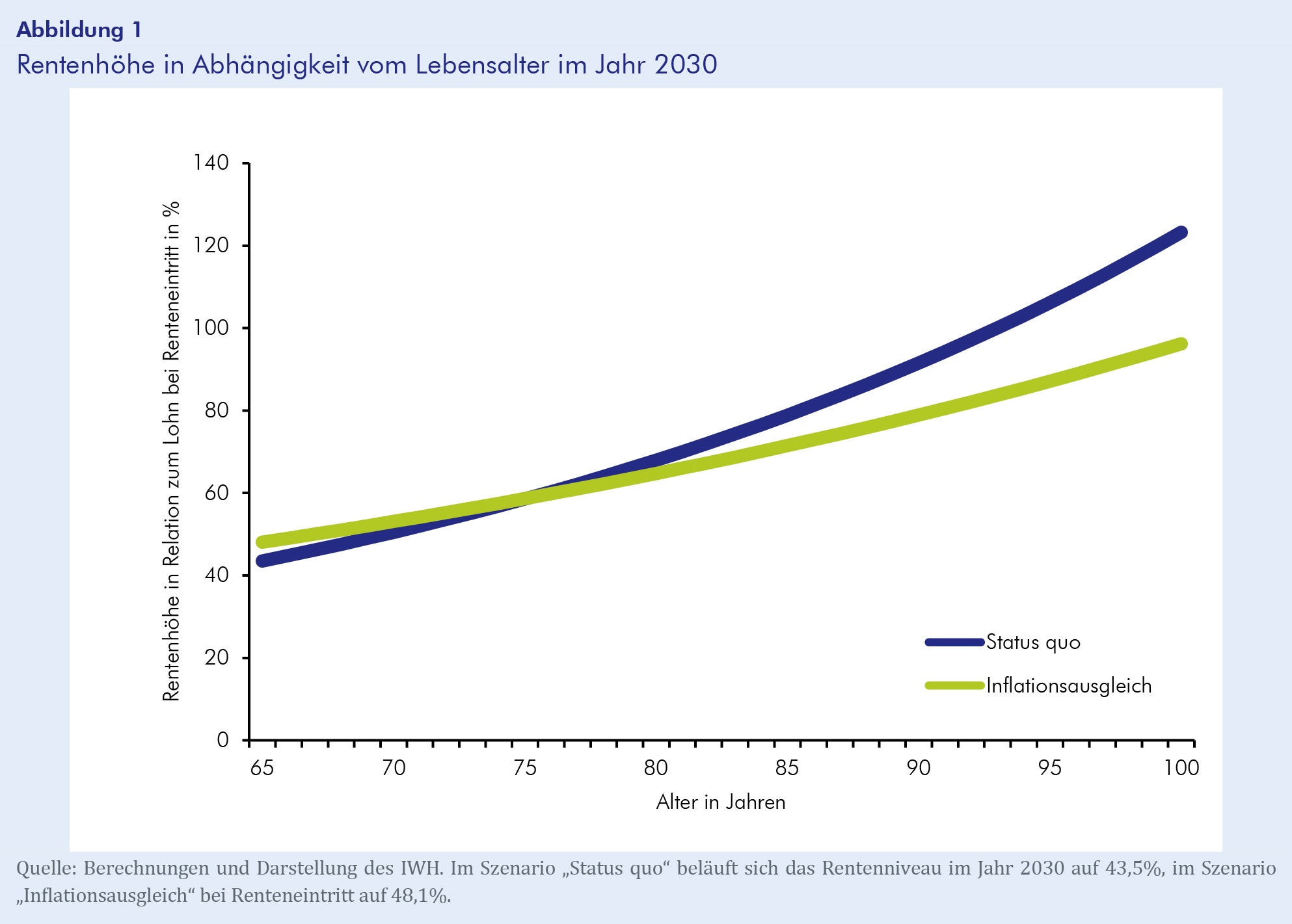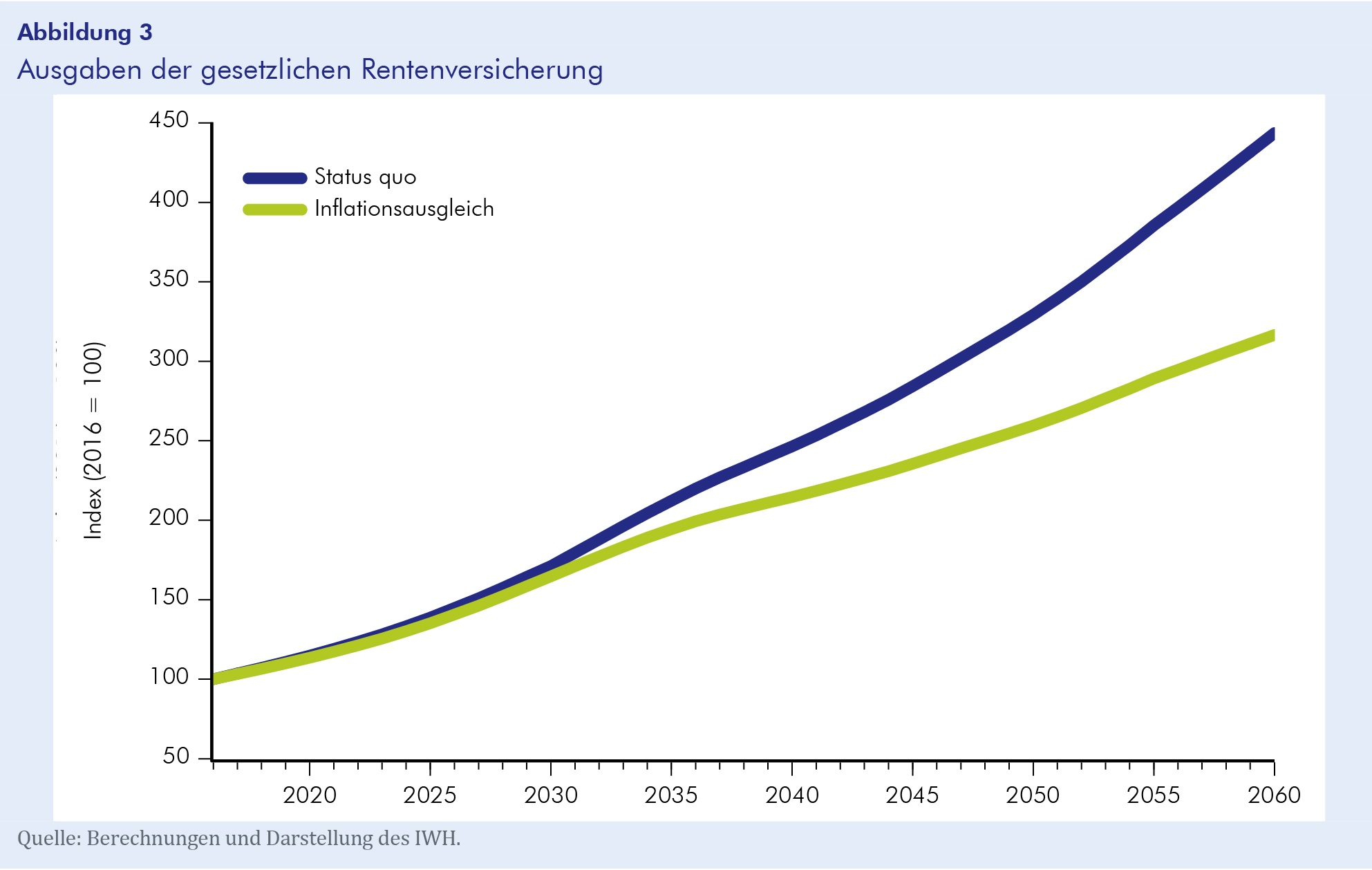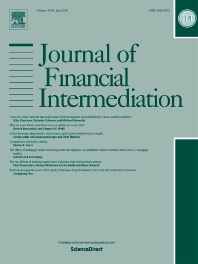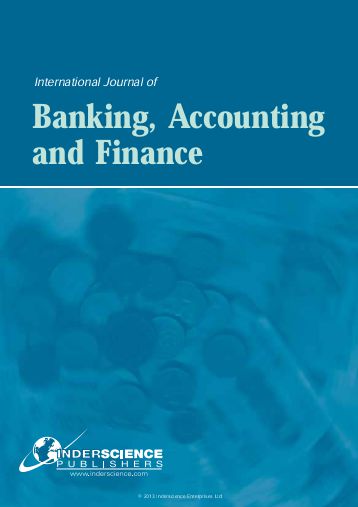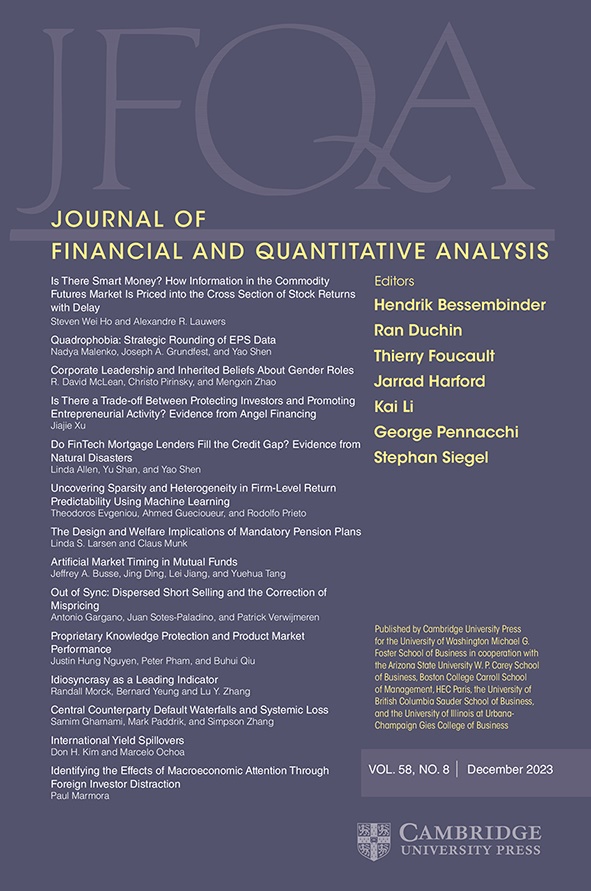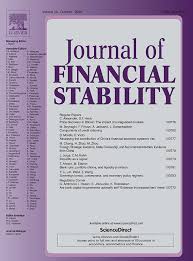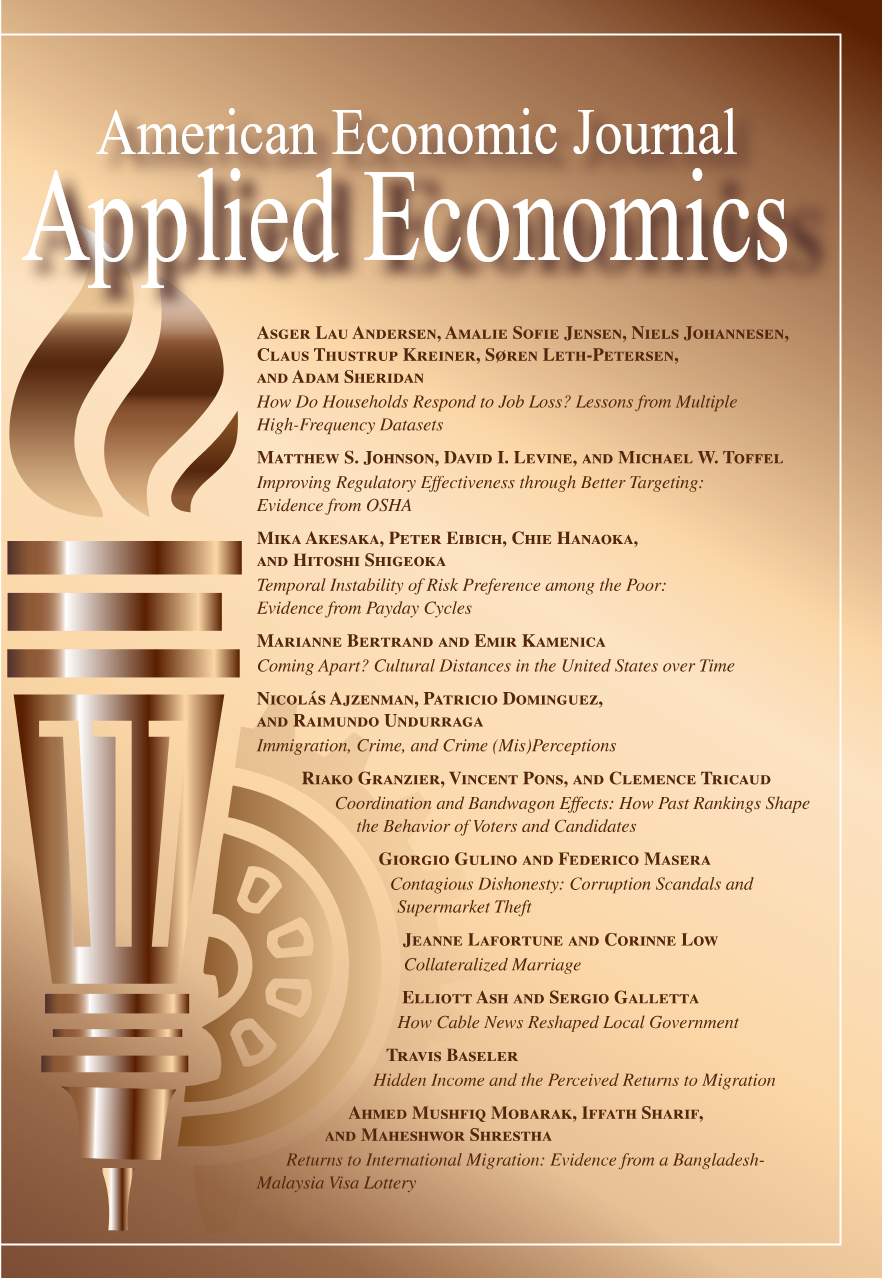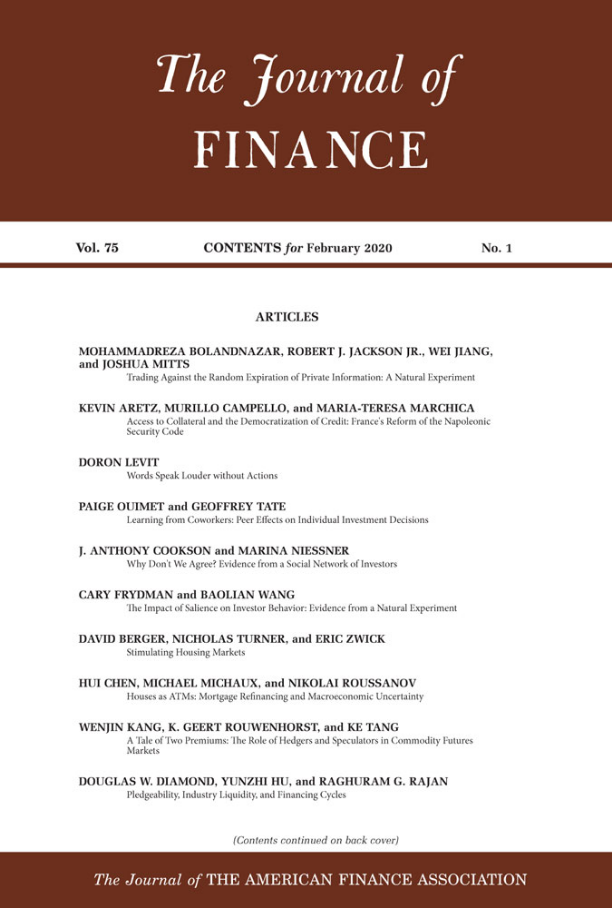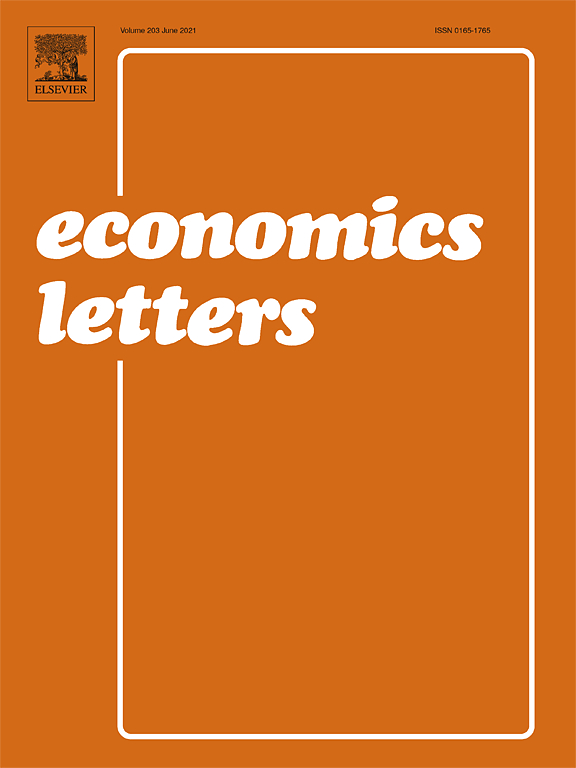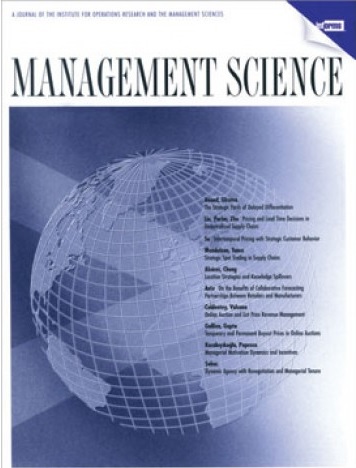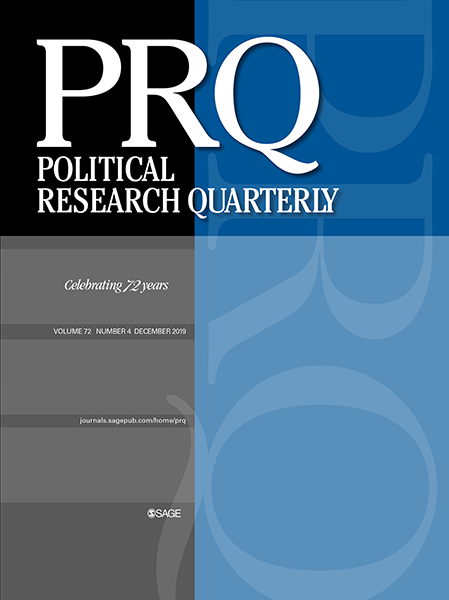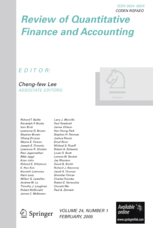![cut_bright_jose-losada-DyFjxmHt3Es-unsplash.jpg]()
IWH-Insolvenztrend: Neuer Höchstwert bei Firmenpleiten
Deutlich schneller als die amtliche Statistik liefert das IWH jeden Monat ein Lagebild vom bundesweiten Insolvenzgeschehen. Zwar ist die Zahl der Insolvenzen von Personen- und Kapitalgesellschaften in Deutschland im Juni leicht gesunken, doch im zweiten Quartal wurden die höchsten Insolvenzzahlen seit 2005 gemessen.
Weiterlesen
![Applauding on a business seminar!]()
Ausgezeichnet: IWH-Abteilung Finanzmärkte erhält Preis für „Bestes Forschungsumfeld 2024“
Die IWH-Abteilung Finanzmärkte erhält als eines von zehn Wissenschaftsteams den Preis „Bestes Forschungsumfeld 2024“. Den Preis vergeben die Junge Akademie und die VolkswagenStiftung in diesem Jahr zum ersten Mal.
Weiterlesen
![Tariffs_markus-winkler-UeQjvDzfc-c-unsplash.jpg]()
Konjunkturelle Belebung in Deutschland – strukturelle Probleme und US-Handelspolitik belasten
Wenn die USA ihre Handelskonflikte nicht weiter eskalieren lassen, dürfte die Produktion in Deutschland nach der Sommerprognose des IWH im Jahr 2025 mit 0,4% erstmals seit zwei Jahren wieder etwas zunehmen.
Weiterlesen
![Arzt mit Stetoskop]()
Privatisierung erhöht Effizienz in Krankenhäusern
Die Übernahme von Krankenhäusern durch Private-Equity-Firmen steht oft in der Kritik. Neue Forschung zeigt jedoch: Krankenhäuser profitieren davon operativ, ohne dass Qualität oder medizinische Versorgung beeinträchtigt werden.
Weiterlesen
![Braunkohletagebau-chris-munch-OK-sHwgxo5k-unsplash.jpg]()
Gutachten zu Kohlemilliarden: Fördermittelvergabe nimmt langsam Fahrt auf
Mit rund 41 Milliarden Euro hilft der Bund den vom Kohleausstieg betroffenen Regionen. Wird das Geld sinnvoll genutzt? Der zweite Zwischenbericht von IWH und RWI gibt Empfehlungen, um die Wirkung der Förderprogramme weiter zu steigern.
Weiterlesen
![Lichtqualle_luke-jones-JcEEIM963oM-unsplash.jpg]()
IWH gründet europäisches Zentrum für Mikrodatenforschung
Das IWH wächst abermals deutlich. Das neue „Zentrum für Firmen- und Produktivitätsdynamik“ will den Strukturwandel in Europas Volkswirtschaften besser ergründen. Mikrodaten auf Firmenebene erlauben ein tieferes Verständnis von Produktivität als Voraussetzung für Wohlstand.
Weiterlesen
![Wald_maurits-bausenhart-4HcwKkW6osw-unsplash.jpg]()
So meistern wir die grüne Transformation
Mit den richtigen staatlichen Rahmenbedingungen kann Deutschland die Energiewende effizient und kostengünstig bewältigen. Sechs Punkte sichern eine kluge Klimapolitik.
Weiterlesen
![Legokoepfe_carson-arias-7Z03R1wOdmI-unsplash_beschnitten.jpg]()
Chinesische Massenimporte stärken extreme Parteien
Die Globalisierung bescherte Europas politischen Rändern Stimmenzuwächse. Eine IWH-Studie zeigt erstmals Langzeitfolgen gestiegener chinesischer Importe: Rechtsextreme und populistische Parteien profitierten vom China-Schock.
Weiterlesen
![Applauding on a business seminar!]()
IWH topplatziert im Forschungsmonitoring
Im Forschungsmonitoring 2023 belegt das IWH Platz vier gemessen an A- und A+-Publikationen sowie Autorenzahl. Damit rangiert es vor allen anderen Leibniz-Wirtschaftsforschungsinstituten. Das VWL-Ranking wird von der Konjunkturforschungsstelle der ETH Zürich erstellt.
Zum Forschungsmonitoring
![cut_yehor-milohrodskyi-syuhhPwu-hk-unsplash.jpg]()
Solidarität mit der Ukraine
Die Allianz der Wissenschaftsorganisationen zieht Konsequenzen für die Wissenschaft.
Mehr lesen
![Ein Heißluftballon schebt im blauen Himmel.]()
Wir erklären Wirtschaft
Wir betreiben unabhängige Forschung zu wichtigen ökonomischen Fragen, um faktenbasierte Erkenntnisse für bessere Entscheidungen zu liefern. Dabei konzentrieren wir uns auf Wachstum und Produktivität. Wir fördern junge Talente und arbeiten in flachen Hierarchien.
Zum IWH Mission Statement
Wofür interessieren Sie sich?
Wissenschaft
Medien
Politik
Karriere
EXPERTENWISSEN FÜR WISSENSCHAFTLER
Berichte / Daten / Analysen
EXPERTENWISSEN FÜR Journalisten
Pressemitteilungen / Berichte / Analysen
Forschungsnetzwerke, Daten und Politikberatung
Pressemitteilungen
08.07.2025 • 20/2025
IWH-Insolvenztrend: Höchstwert bei Insolvenzzahlen im zweiten Quartal trotz leichtem Rückgang im Juni
Professor Dr. Steffen Müller
Abstract
Wie das Leibniz-Institut für Wirtschaftsforschung Halle (IWH) in einer heute veröffentlichten Analyse feststellt, ist die Zahl der Insolvenzen von Personen- und Kapitalgesellschaften in Deutschland im Juni leicht gesunken. Im zweiten Quartal 2025 wurden dennoch die Rekordwerte des vorangegangenen Quartals übertroffen und die höchsten Insolvenzzahlen seit 2005 gemessen.
Lesen
12.06.2025 • 19/2025
Konjunktur aktuell: Konjunkturelle Belebung in Deutschland – strukturelle Probleme und US-Handelspolitik belasten
Professor Dr. Oliver Holtemöller
Abstract
Im ersten Halbjahr 2025 hat sich die konjunkturelle Lage in Deutschland etwas gebessert. Dabei hat geholfen, dass die Nachfrage aus den USA in Erwartung höherer Zölle vorübergehend anzog. Wenn die USA ihre Handelskonflikte nicht weiter eskalieren lassen, dürfte die Produktion in Deutschland nach der Sommerprognose des Leibniz-Instituts für Wirtschaftsforschung Halle (IWH) im Jahr 2025 mit 0,4% erstmals seit zwei Jahren wieder etwas zunehmen. Im März hatten die IWH-Konjunkturforscher noch einen Zuwachs von 0,1% für das laufende Jahr prognostiziert. Für das Jahr 2026 ist mit einem Zuwachs von 1,1% zu rechnen. Ähnliche Expansionsraten sind auch für Ostdeutschland zu erwarten.
Lesen
10.06.2025 • 18/2025
IWH-Insolvenztrend: Weniger Firmenpleiten im Mai, aber mehr Jobs betroffen
Professor Dr. Steffen Müller
Abstract
Die Zahl der Insolvenzen von Personen- und Kapitalgesellschaften in Deutschland ist im Mai spürbar zurückgegangen. Laut Insolvenztrend des Leibniz-Instituts für Wirtschaftsforschung Halle (IWH) stieg jedoch die ohnehin hohe Zahl von betroffenen Beschäftigten weiter an.
Lesen
21.05.2025 • 17/2025
Unsicherheit belastet Konjunktur – Europäische Wirtschaftsforschungsinstitute legen Bericht zur wirtschaftlichen Lage in Europa vor
Dr. Axel Lindner
Abstract
Die AIECE, ein Netzwerk Europäischer Wirtschaftsforschungsinstitute, hat heute seinen halbjährlichen Gesamtbericht im Anschluss an die in Oslo von Statistics Norway ausgerichteten Frühjahrstagung 2025 veröffentlicht. Das Leibniz-Institut für Wirtschaftsforschung Halle (IWH) ist langjähriges Mitglied dieses Netzwerks und bringt regelmäßig seine wirtschaftswissenschaftliche Expertise in die gemeinsamen Analysen und Prognosen ein. Im Durchschnitt prognostizieren die AIECE-Mitgliedsinstitute für die EU einen Zuwachs des Bruttoinlandsprodukts von 1,2% im Jahr 2025 und 1,5% im Jahr 2026. Für den Euroraum liegt der Durchschnitt der Prognosen bei 1,0% und 1,3%. Damit sind die AIECE-Institute etwas optimistischer als der Zwischenbericht der OECD vom März 2025 und der Weltwirtschaftsausblick des IWF vom Frühjahr 2025.
Lesen
Mediathek
Das Institut im Überblick











